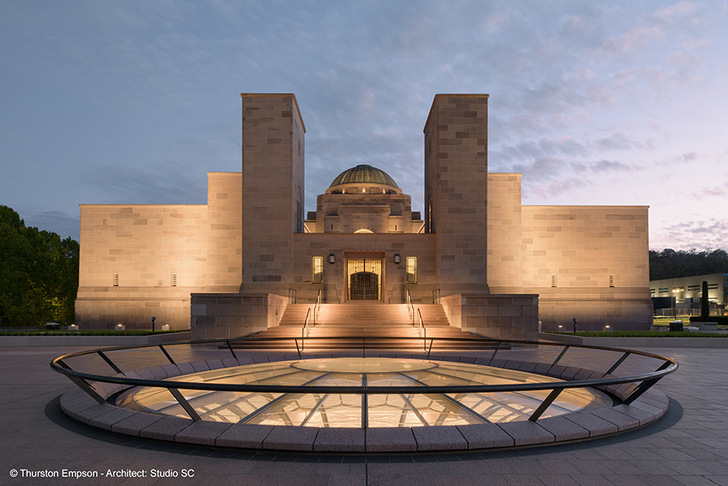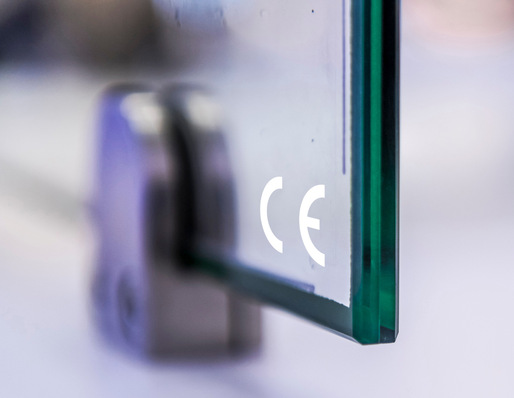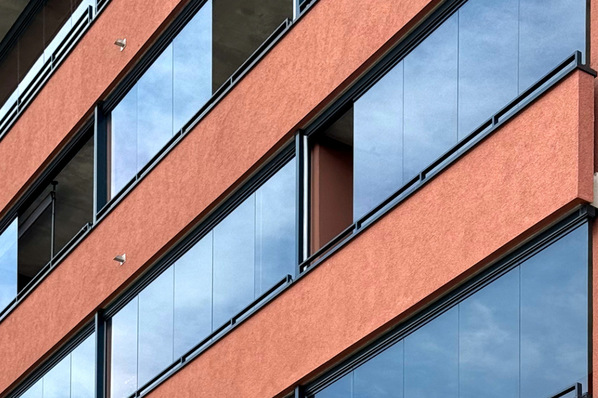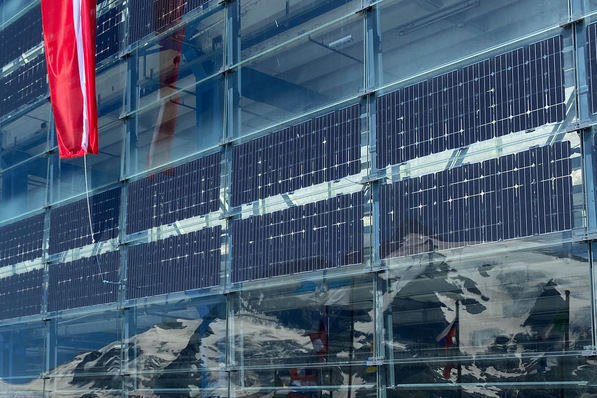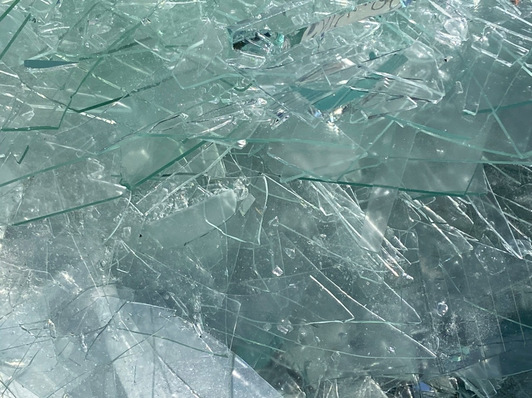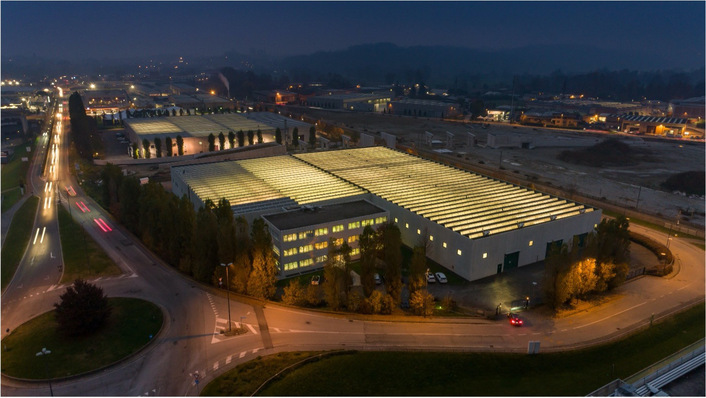With double-curved bends, opposite directions of curvature in the axes and a finish involving digital printing and fluted edges, the Cricursa team had to give it their all. The fact that each of the 32 elements, weighing up to 350 kilograms, could ultimately be fitted precisely into the steel structure, manufactured 17,000 kilometres away, was thanks to the expertise of the companies involved, as well as their use of digital tools for intercontinental collaboration.
The Super Spacer TriSeal Flex spacer was equally indispensable for the success of the project, guaranteeing a permanently tight insulating glass edge seal even with these complex geometries.
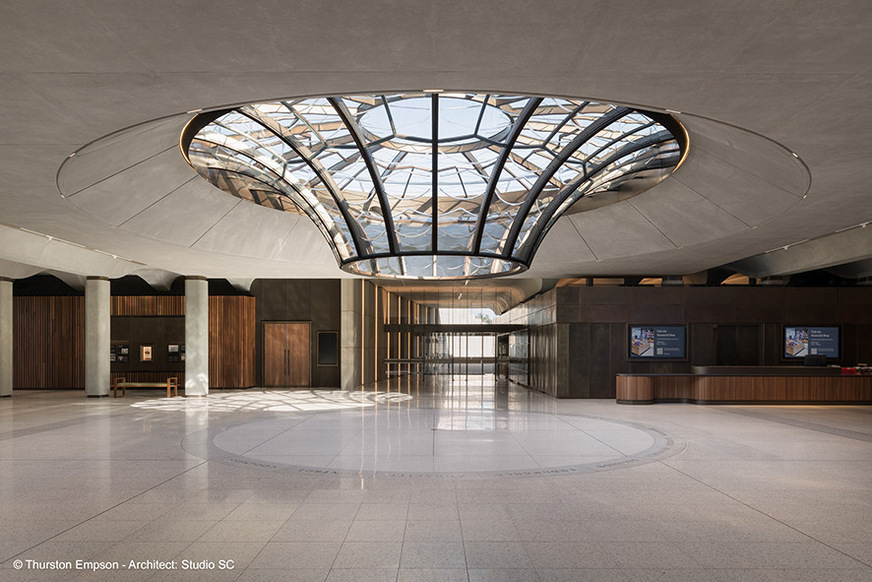
Thurston Empson
Interplay of light and shadow
With its dome visible from afar, the Australian War Memorial in Canberra is monumental in the truest sense of the word. Established as a place to commemorate those who were killed or injured in war, the 14-hectare site comprises five buildings and a sculpture garden and serves as a museum to promote a deeper understanding of the consequences of war. Construction of the iconic memorial began in 1919, it opened in 1941, and extensive redesign work has been underway for several years and will continue until 2028.
The most spectacular part of the renovation is probably “The Oculus”, the round skylight in the new entrance foyer which opened on 3 February 2025. This nine-metre-wide, 12-tonne steel-and-glass structure is a mathematical inversion of the Byzantine dome above the central memorial site of the War Memorial, the 'Hall of Memory'. While the dome seems to reach into the distance, the Oculus creates an intimate, inward-looking atmosphere. The interplay of light and shadow encourages silence and reflection, subtly connecting the architecture with its intended purpose as a space for remembrance.
The Oculus is positioned directly in the line of sight
The firm responsible for the design, Scott Carver Architects from Sydney, wanted to create a visual connection between the old and new entrance areas. This was achieved by creating a space directly below the existing entrance plaza. From there, visitors can look through the vaulted glass ceiling into the underground foyer. Conversely, the copper dome is visible from inside.
The Oculus consists of a central spherical glass element with a diameter of three metres and sixteen double-curved glass leaves. These insulating glass elements are around 55 millimetres thick and consist of two layers of extra-clear, tempered laminated glass laminated with SentryGlass film, as well as a 12-millimetre-thick Super Spacer TriSeal Flex black warm edge spacer from Edgetech.
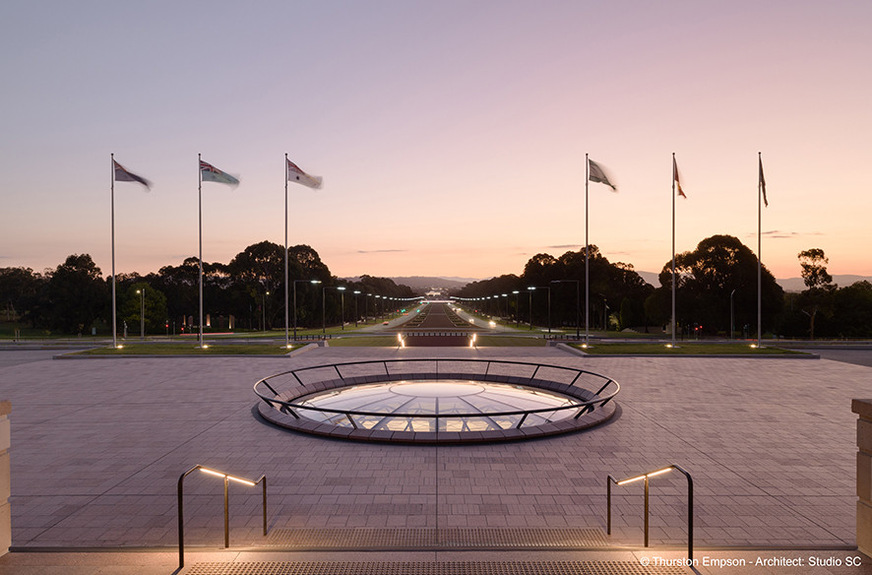
Thurston Empson
Varying groove profiles and digital print patterns, together with the unusual geometry, create a visually fascinating effect. Inside the dome, a further 16 laminated glass elements with opposite curvatures in each axis form a veil of hyperboloid-shaped glass flowers.
Tight tolerances and perfect surfaces
An international team worked for more than five years with general contractor Kane Constructions to implement the highly complex structure. Sydney-based facade specialist Prism Facades developed the design, while Apex Welding & Steel Fabrication, based in Thomastown near Melbourne, manufactured the steel support structure. After installation on site, each steel frame was completely encased in 3-millimetre-thick brass sheet metal. The glass elements were manufactured by Cricursa, the division specialising in curved glass within the Spanish Tvitec Group.
The first samples were produced in 2020 and handed over to the Australian design team to visualise the surfaces. This was followed by the production of full-size prototypes, which were approved by the customer, before the curved glass units were produced in the second half of 2023 and installed in September 2024. 'We had to work with very tight tolerances to meet the installation requirements. This project required a very high degree of accuracy, both to ensure a perfect fit between the glass elements and to harmonise the complex geometry with the different surface treatments and print designs,” explains Carlos Pajuelo, Technical Director at Cricursa.
‘The key factor here was calculating the exact position of the digital print and crease line before bending, which was a particularly challenging task given that these surfaces cannot be smoothed. We use our own internal methods, developed over many years, to perform these calculations,” he continues.
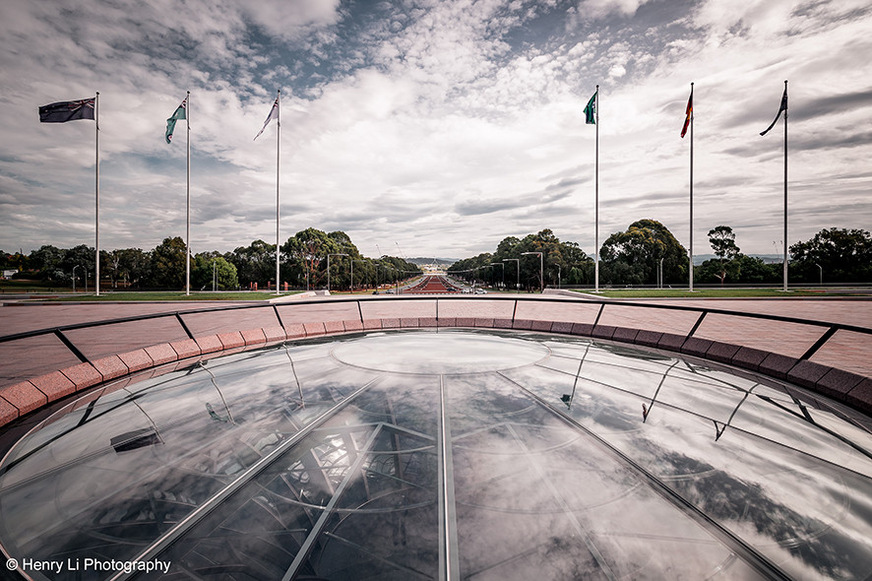
Henry Li
3D scanners to ensure perfect fit
Each glass pane was checked using 3D scanners to capture its actual silhouette and compare it with the theoretical model. To ensure that all the glass elements would fit exactly onto the steel frames manufactured in Australia, the steel designer and the glass team collaborated using a shared 3D file, ensuring that they always had access to the latest data. Additionally, 3D digitalisations of the glass silhouettes were provided to the client to enable them to check the theoretical fit. Differences in the thermal expansion coefficients of steel and glass were compensated for using installation gaps and silicone joints.
These details were analysed early in the project to avoid potential problems and ensure the curved glazing would fit precisely into the mounting points. The steel fabricator's tolerances were also extremely tight at ±1 mm. Several trial assemblies were necessary to control and minimise deformation during the complicated welding process. Prior to final installation in Canberra, the entire Oculus structure was assembled to verify the fit of the glass panes and assess the structural behaviour of the assembly.
Super Spacer for flexibility and stability
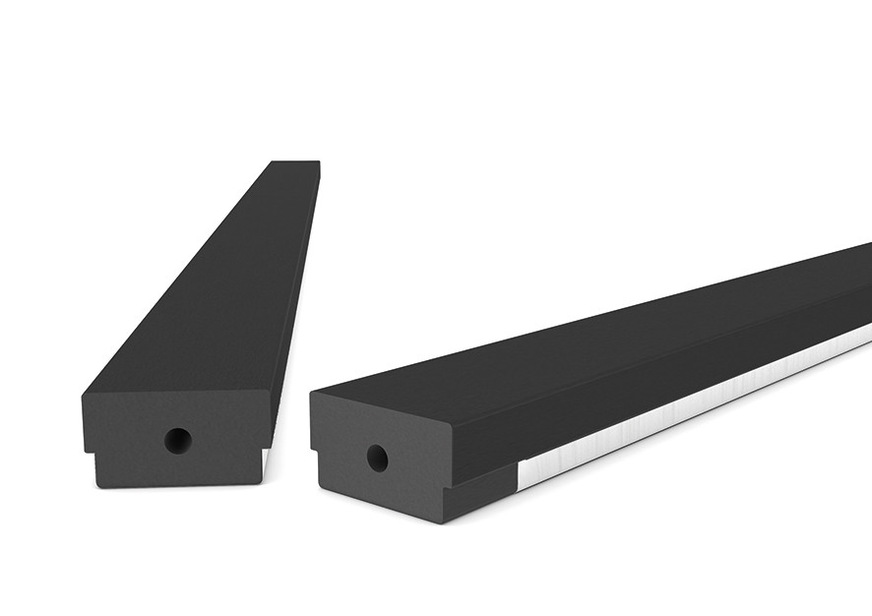
Super Spacer
Cricursa has used Super Spacer for around 20 years in the manufacture of curved glazing with complex geometries. “The introduction of Super Spacer Flex in particular was a significant advancement. It is slightly stronger than other Super Spacer products, offering the necessary flexibility and stability for these heavy, complex, curved double-glazing units. The challenging geometry of the Oculus could only be realised with Super Spacer Flex. We therefore agreed with our client at an early stage of the planning process that using this spacer was essential to ensure the tightness of the space between the panes," says Pajuelo.
All components of the insulating glass units' edge seal had to be designed to withstand mechanical, wind-related and climatic loads in accordance with project requirements. This presented a particular challenge for very rigid, curved insulating glass units, since the glass yields minimally due to its high rigidity. Consequently, the sealants must absorb almost all climatic loads independently.
The Super Spacer TriSeal Flex spacer's special design compensates for tolerances in the parallelism of large, complex curved panes. Although the structural foam is the same as that used in conventional T-spacers, the greater depth provides increased strength in the edge seal and a larger surface area for applying the primary seal. These features ensure greater safety, lower gas loss and reduced moisture absorption.
‘With highly complex glazing, there is no room for compromise. The flexible structural foam of Super Spacer absorbs stress, compensates for tolerances and ensures the edge seal remains intact, even in the toughest conditions,” emphasises Mike Moran, Vice President of Sales at Edgetech/Quanex.
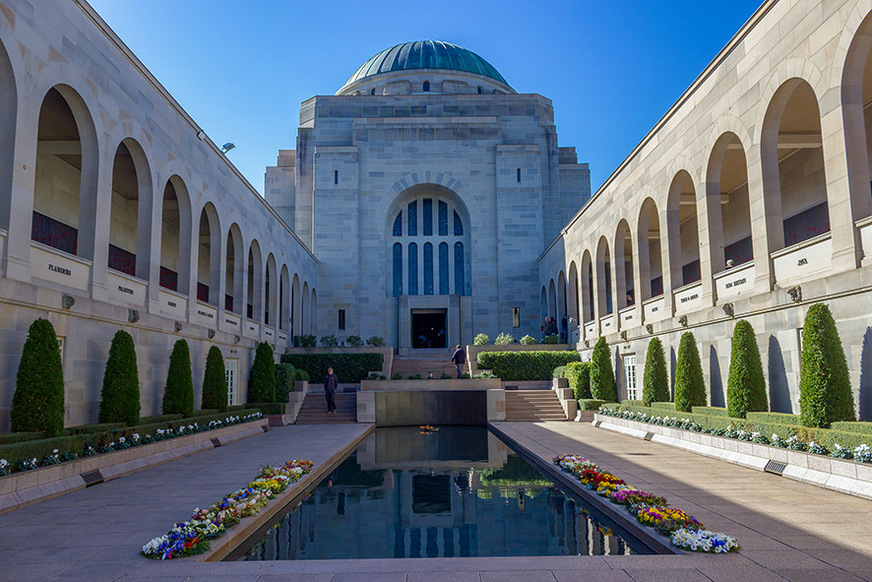
Martin Helgemeir







